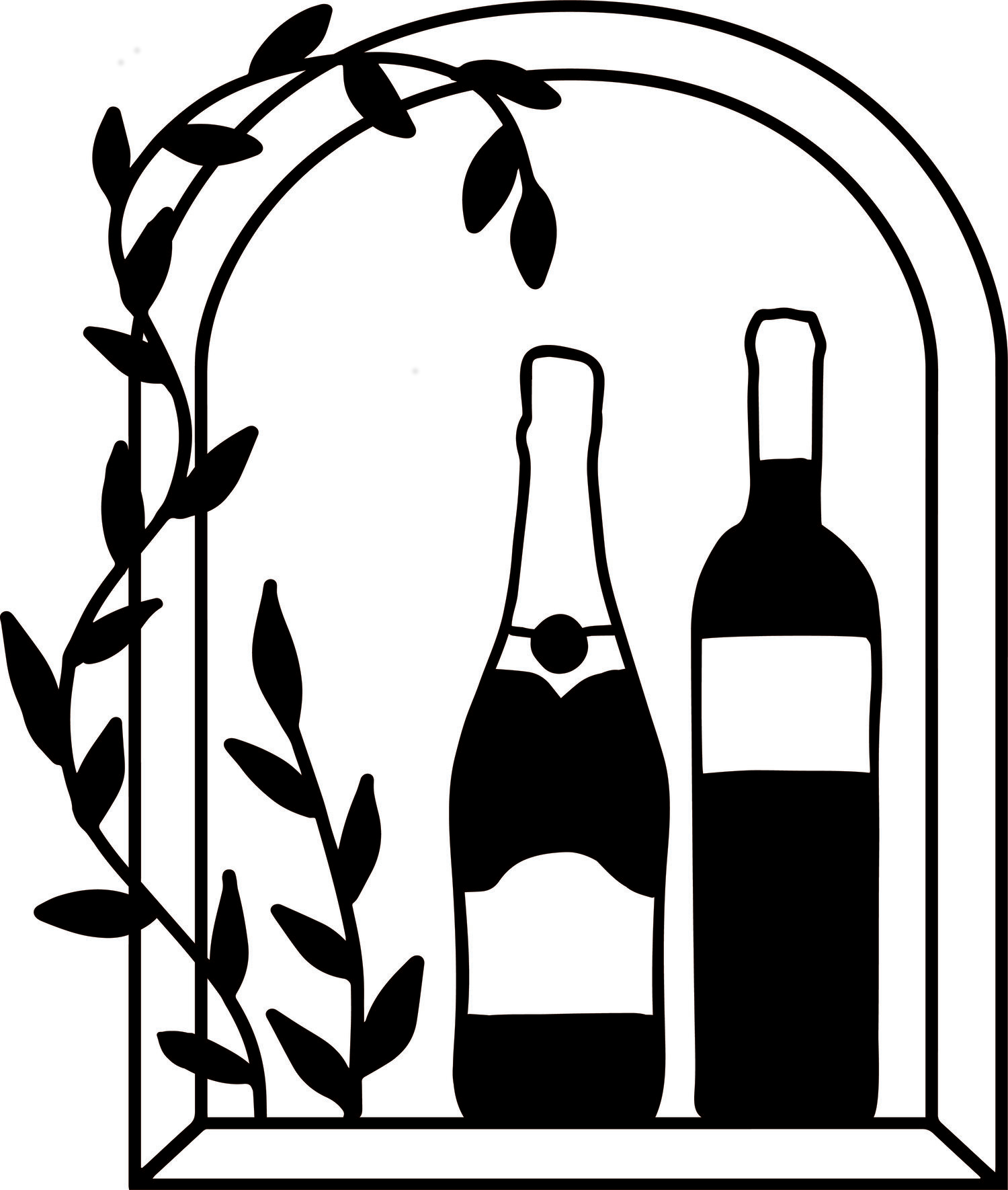non-alcoholic wine
We get asked about non-alcoholic wine more regularly these days so I wanted to delve into it a little bit more.
Couple things to get out of the way immediately :
First and foremost, the process to remove alcohol from a fermented beverage - in this case, wine - is one of the very definitions of NOT-NATURAL. And thus as a natural wine store, we cannot and will never carry non-alcoholic wine. We are proud to carry other naturally-made non-alcoholic beverages such as Culture Shock Kombucha and Pathfinder Hemp & Root.
Another thing to consider is that until recently, these methods were banned in Europe as "technique's too brutal and invasive". However, due the lobbying and extensive spending by a British organization called The Wine and Spirits Trade Association, a ruling was made to allow reverse osmosis and spinning cone column with the following restrictions: (1) only 2% or less of alcohol can be removed and (2) the wine must be labeled with a warning that such techniques have been used.
Here in the U.S. it is a very different story. So in an attempt to have a better understanding, I reached out the ATF for the exact rules on removing alcohol from wine. According to the ATF’s Wine Technical Advisor, there are four methods approved by the United States Government for removing alcohol from wines. This can produce a non-alcoholic wine (defined as containing less than 0.5% alcohol) or a reduced-alcohol wine (defined as containing 7–8% alcohol). No labeling or other restrictions are required.
These approved methods are thin-film evaporation under reduced pressure (also called vacuum distillation), reverse osmosis, spinning cone column and thermal gradient processing.
Of these, only reverse osmosis and spinning cone column are used by almost anyone who is producing non-alcoholic wines. Interesting note: these methods are often used to reduce alcohol in wines particularly in Washington and California so the alcohol on the bottle’s label can be reduced creating greater sales and less taxes.
For the sake of brevity, I will go into details on these two (reverse osmosis & spinning cone column) with brief descriptions on thin-film evaporation and thermal gradient processing as they are rarely used.
Reverse Osmosis = the wine is pumped against the membrane at a pressure greater than the osmotic pressure, causing smaller-molecular-weight compounds such as ethanol and water to diffuse selectively through the membrane, thereby removing the alcohol from the wine. The membrane rejects or passes compounds based on their molecular weight and the membrane pore size. Since ethanol and water are small relative to the wine matrix, the larger compounds, such as organic acids and phenolics, are retained in the wine and are therefore, concentrated. Water is then added back to the concentrated juice to create a "palatable product". This method is used frequently in Washington state wines as well as other warm-climates in the U.S. where wine is created.
Spinning Cone Column = a thin-film multistage stripping column that uses centrifugal force to enhance distillation. The 40-in-diameter, 13-ft-high column contains a series of alternating stationary and rotary truncated cones. Wine is fed into the top of the column, flows down the upper surface of the first stationary cone and onto the surface of the first spinning cone, where centrifugal force spreads it into a turbulent thin film that flows off the cone and drops onto the next stationary cone, and so on. The stripping gas—generally low-pressure steam—enters the column at the bottom and flows upward, stripping out the flavor volatiles from the thin film. The volatiles are then condensed and collected. The wine without the volatiles is then run through the column again, at a slightly higher temperature, to reduce the alcohol content to the desired level. The volatiles are then added back to the alcohol–reduced wine to produce a low-alcohol wine which theoretically retains its original flavor.
This method is used frequently in Washington state wines as well as other warm-climates in the U.S. where wine is created.
The alcohol is often recovered as a by-product and used as cleaning fluid or added to dessert wines to stop fermentation creating a sweeter wine.
Thin-film evaporation under reduced pressure (also called vacuum distillation) =
wine is fed to a centrifugal evaporator consisting of several hollow cones. A thin film of product travels across the inner surface of the cone, which is in turn heated by steam flowing through the hollow chamber within the cone. Exposure of the thin film to elevated temperatures for a relatively short period of time under vacuum allows the alcohol to be removed as vapor. The company who invented this process has now switched to a reverse osmosis process so this process is basically extinct.
Thermal Gradient Processing =
not currently being used commercially as it required extreme use of electricity.
Hope this answers any questions on non-alcoholic wine.
